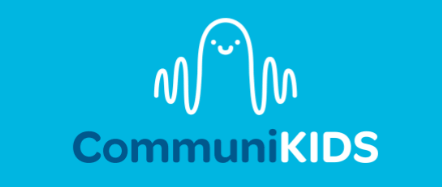Early Brain Development and Language Learning
In the first five years of life, a child’s brain will undergo more development than at any other period of time. During this period, children learn a variety of essential skills, including walking, play, social skills and, of course, communication.
Each child’s brain consists of millions of brain cells. Each brain cell can reach out to make connections with other brain cells – these places of connections are called synapses. As electrical signals are passed between brain cells, they cross the synapse. If the synapse is stimulated by repeated experience or exposure, it allows for an efficient, permanent pathway to be made. If the synapse is not stimulated repeatedly, then the connection will be lost.
These first years are critical for language development in children. During the first five years, the brain is actively making new pathways and is primed for learning new skills. While that’s not to say a skill cannot be learnt after the first five years of life – it just means the new skills will likely require greater time and effort to form the same pathways. Some of the key language learning that a child’s brain does in the first five years are:
Learning to distinguish sounds and, later on, words;
Using first words and word combinations;
Learning to say different sounds;
Learning to form sentences;
Learning grammar and increasing vocabulary;
Learning to ask and answer questions.
Supporting language learning
Environment and exposure to language plays an important role in early brain development. As the permanent pathways are formed from repeated exposure, the more a child is exposed to language, the more likely they are to begin using it. Language learning begins from birth, with research suggesting babies respond to sound ten weeks prior to their birth.
At home, some simple strategies to use to provide a language-rich environment perfect for language learning are:
Use as much language around your child as possible. Comment, request, question, label, protest… the more talking the child hears, the more likely they are to use it!
Use ‘parantese’ with infants. This is when an adult uses shorter sentence (one to three words is a great length for little ones), a higher pitch and increased intonation in their voice. Children often learn better from this.
Be face to face with your child. Whether your child is a baby or a five-year-old, children are often great mimics. If they can see the shape of your mouth as you make sounds, your gestures, your facial expression and other non-verbal means of communication, they are more likely to copy and use it.
Use songs, books and nursery rhymes to engage your child in language learning. Adding visuals and gestures also helps increase language learning, and makes it more engaging!
